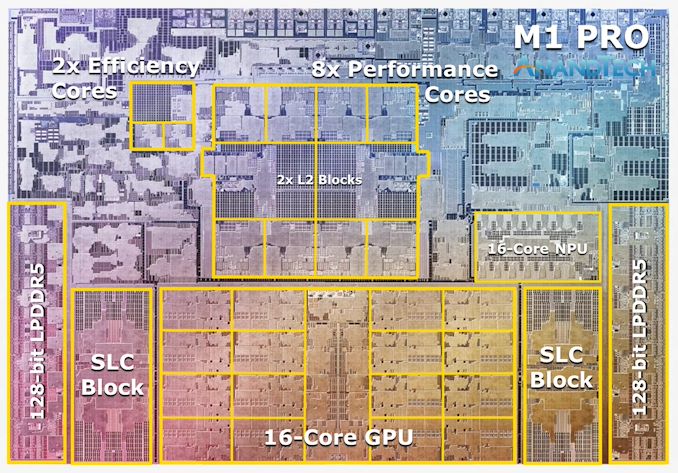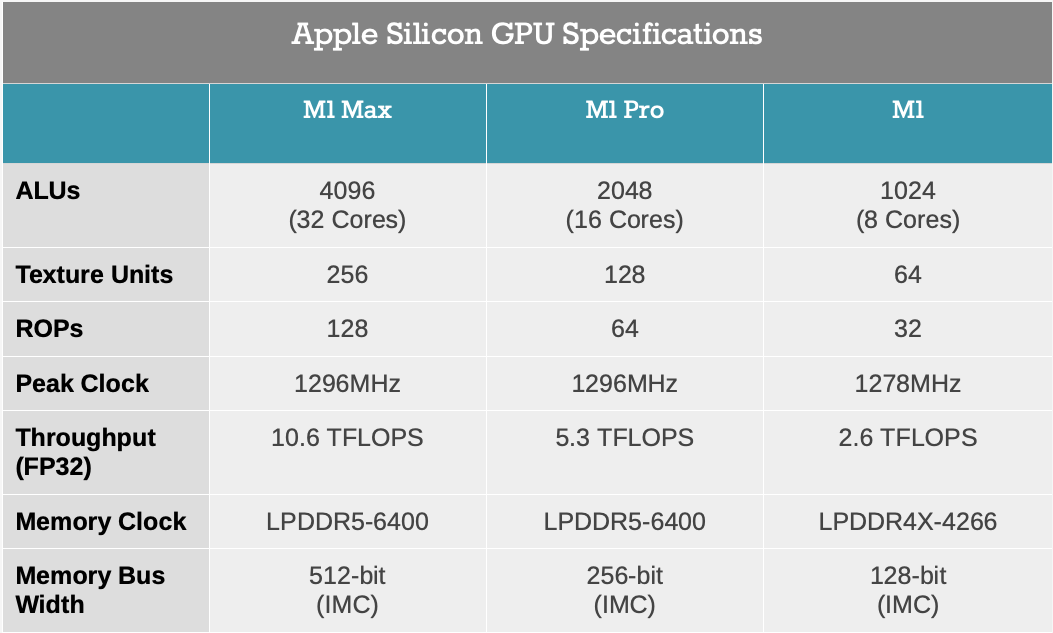The terminology "Discrete Graphics card" only applies to large, desktop Macs like the 42 lb silver tower Mac Pro, which actually have an internal slot and the graphics card can be literally be removed and replaced with a more capable graphics card, it you ever needed that.
For Intel MacBook Pro, models with screen larger than 13-in in general, feature a discrete graphics CHIP soldered to the mainboard. what the wire-heads here (Including me) are trying to point out is that you are looking at the wrong side of this equation -- you may wish to AVOID Macs that only have Intel Integrated graphics, because they may tend to underperform at High-End Video editing tasks.
For Apple-Silicon M1 models, the graphics sub-processors aka 'Graphics Cores' are integrated onto the System Die. That is not to suggest they are in any way inferior. They are tuned to the sorts of tasks people do on Macs. And they are connected in a way where performance is not hobbled by using a separate chip and separate display RAM.
"Discrete Graphics card" has no meaning in this context.
The 13-in models are entry level, and have fewer Graphics sub-processors.
Higher-end Macs have more graphics sub-processors on the die, and If you get high enough, the entire Die is doubled and the two are hooked together.
y_p_w provided a picture showing the memory arrays for an M1 Pro system-on-a-chip. Here is a diagram of what parts are where inside that chip:

Here is a chart of how the number of graphics processors increases with different models. Not that the increments are fairly uniform as you go up the performance ladder. There is no "underclass" of inferior graphics capabilities:

... not shown is the M1 Ultra, which includes tow "Mac" calibre chips working together.
graphics from Anandtech